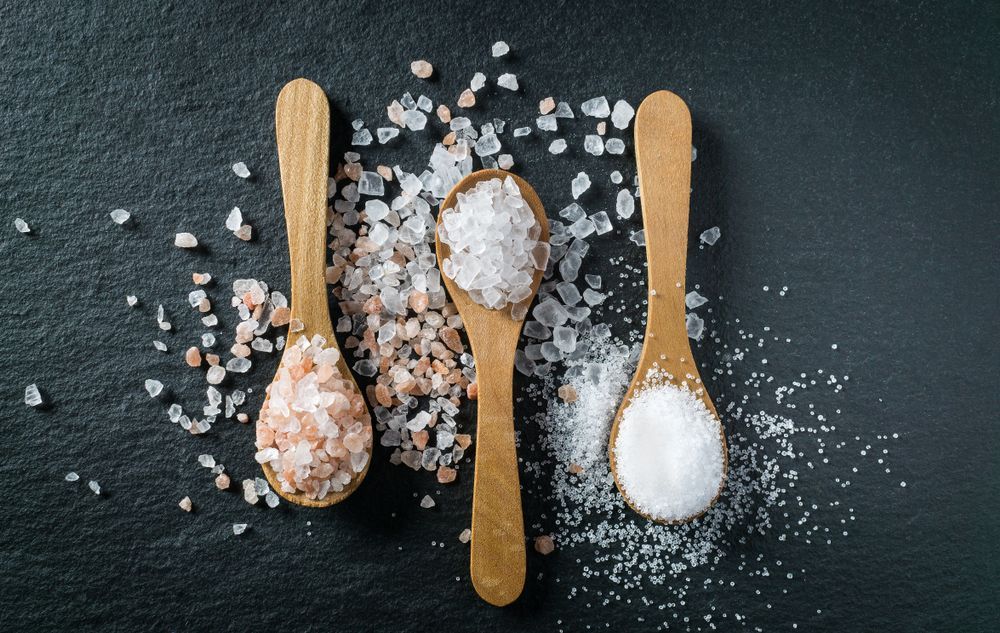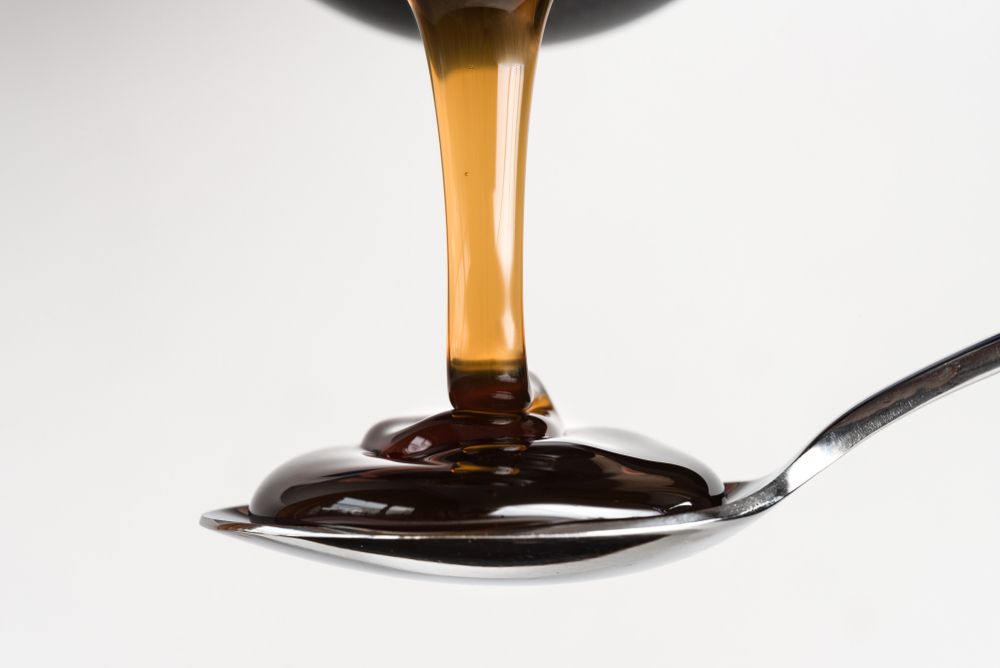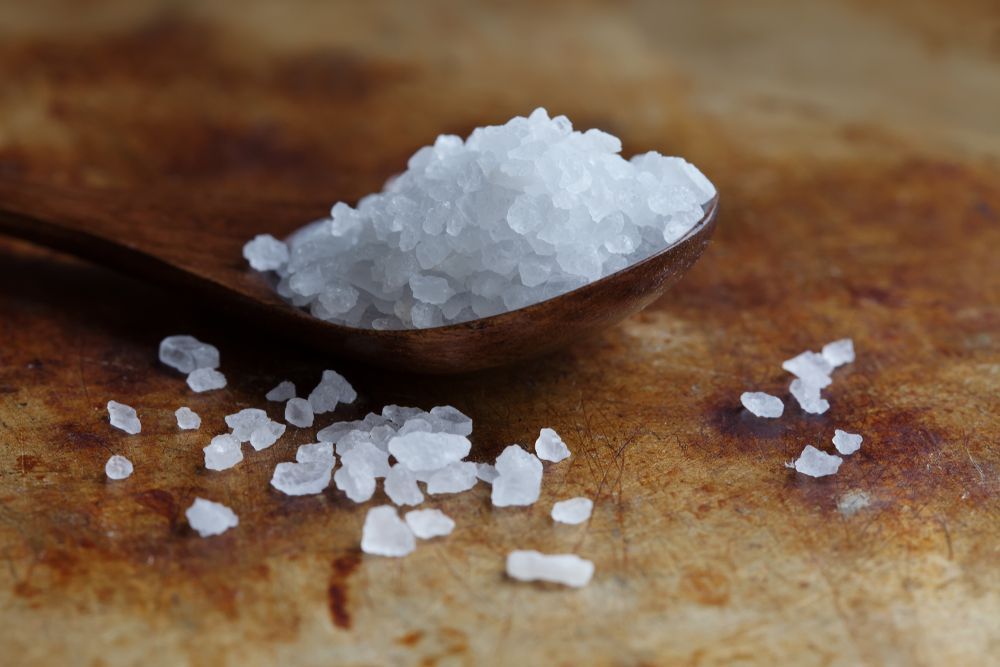Brown Sugar vs White Sugar: What’s the Difference?
Brown Sugar vs White Sugar
Whether you have a sweet tooth or just love fine food in all its forms, chances are you eat more sugar than you realize. That’s because sugar is one of the more common ingredients in manufacturing, restaurant recipes, and home cooking. We use sugar to create confectionary masterpieces like wedding cakes and chocolate truffles, but we also use it to take that edge of super-tart cranberry juice and to make our Thai curries sing.
But how do you know what kind of sugar to use? Is there really that big a difference between brown sugar vs. white sugar?
Find out once and for all where white sugar comes from, what makes brown sugar special, and which product should be your go-to when it’s time to cook, bake, and whip up your favorite beverages.

Main Differences Between Brown Sugar vs White Sugar
White sugar is one of the more profitable crops produced in the United States, with U.S.-based manufacturers churning out some 7.28 million metric tons of the sweet stuff every year. But is white sugar, how is it different from brown sugar, and does it really matter which one you use?
Sugar comes from two main crops: sugarcane and sugar beets. Both plants are cultivated in tropical climates where the cane and beets are harvested and put through a process that includes extraction, purification, and cooking or heating. As that process progresses, the raw materials are separated into two batches. The main byproduct is sugar crystals. The second is a sweet, syrupy substance called molasses.
Those sugar crystals then go through additional steps to make them ready for retail or wholesale use. One step is a kind of filtration that removes impurities and ensures the end product is the beautiful, snowy white we’ve become so familiar with.
Brown sugar undergoes an additional step that sees some molasses added back into the sugar crystals. That molasses gives brown sugar more moisture, a deeper flavor, and that tell-tale brown hue that makes it so easy to spot.
Nutritional Differences Between Brown Sugar vs White Sugar
While both white and brown sugar come from the same sugarcane or sugar beet crops, but differing processing methods mean the two types of sugar aren’t necessary nutritional equals when all is said and done.
One teaspoon (4 grams) of white sugar has about 16.3 calories. The same amount of brown sugar contains 15 calories. With brown sugar you also get a slightly higher amount of potassium, calcium, and iron, all thanks to the presence of molasses. It’s not enough to significantly boost your daily nutrient count, but still good to know.
Coloring of Brown Sugar vs White Sugar
It only takes a quick glance to discern which of your bulk containers is filled with white sugar and which is storing brown sugar. White sugar is pure white, refined until it’s bright, neutral, and able to sweeten your baked and savory goods without changing the color of the other ingredients.
Brown sugar gets its darker, earth-tone coloring from the molasses added to white sugar during processing. You may see products labeled “light brown sugar,” “medium brown sugar,” or “dark brown sugar,” too. That’s still brown sugar — white sugar with sticky-sweet molasses added into the mix — but how deep the coloring of the brown sugar is directly correlates to how much molasses was added by the manufacturer. Light brown sugar typically contains about 3.5% molasses while dark brown sugar has nearly twice as much.
Flavor Profiles and Culinary Uses
When it comes to taste, white sugar is generally regarded as the more neutral option. It’s used to add sweetness to everything from salad dressings and tomato sauce to peach cobbler and gelato. A little bit of sugar can balance out sour and salty flavors in savory food and literally turns lemon into lemonade. You get all the sweetness you desire without masking the innate flavors of other ingredients already in the mix.
Brown sugar is also sweet, but the addition of molasses brings more than just that beautiful coloring. Many people like the taste of brown sugar to caramel, maple syrup, or — no surprise here — molasses. There is a depth and complexity you won’t get from white sugar. That may not be desirable if you’re making a recipe that might be muddied by those caramel notes, but it’s a huge benefit if you want to add depth to something like baked beans or to create a rich glaze for baby carrots or a spiral-cut ham.
If you’re trying to decide which type of brown sugar to use in your recipe, think about how deep and complex you want the end result to be. Light brown sugar has a more delicate flavor that lends itself to soft cakes, bread, cookies, butterscotch pudding, and caramel corn. Dark brown sugar is a higher-impact sweet, bringing out the spices and cocoa in recipes for chocolate cake and gingerbread. Medium brown sugar is flexible while still contributing some molasses flavor — kind of the best of both worlds.
While you can sometimes use different types of brown sugar interchangeably, it’s not as easy to trade white sugar for brown sugar and vice versa. This is especially true in baking, which relies on chemistry and exact measurements to successfully achieve the desired results. Brown sugar adds a distinct flavor and it also contains more moisture. Use it in a cake instead of white sugar and you’ll likely get a softer cake that’s also a bit denser and heavier on the palate. Chocolate chip cookies are made with white sugar, so you get a better rise and a fluffier cookie, but brown sugar is best for desserts like sticky toffee pudding and baked apples that are more about the complexity of flavor than the rise of the dough.
Looking to stock your pantry with enough sugar to keep up with all your culinary exploits? Indiana Sugars specializes in high-quality bulk ingredients — sugar included — at affordable prices. For more information, check out our catalog today.










